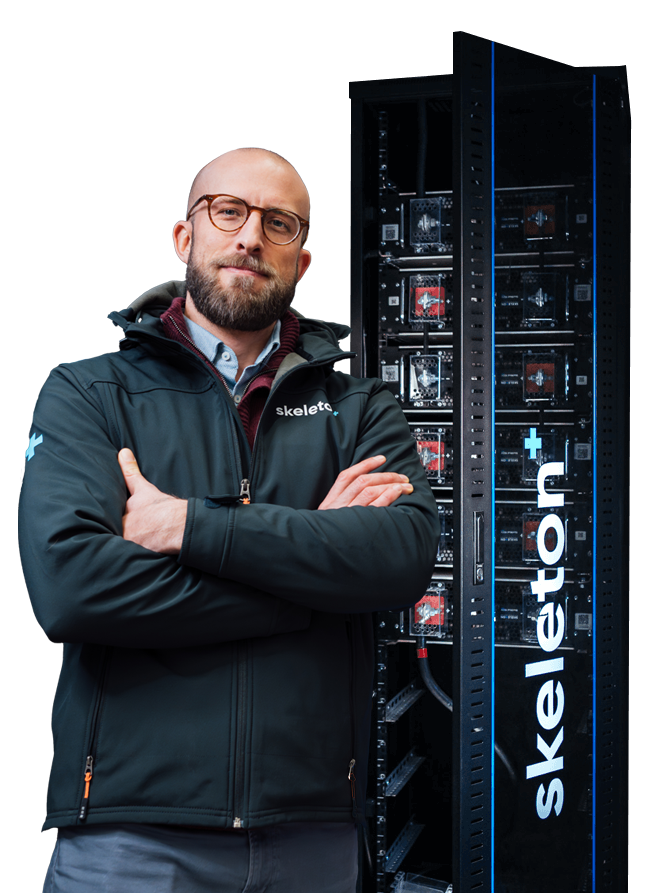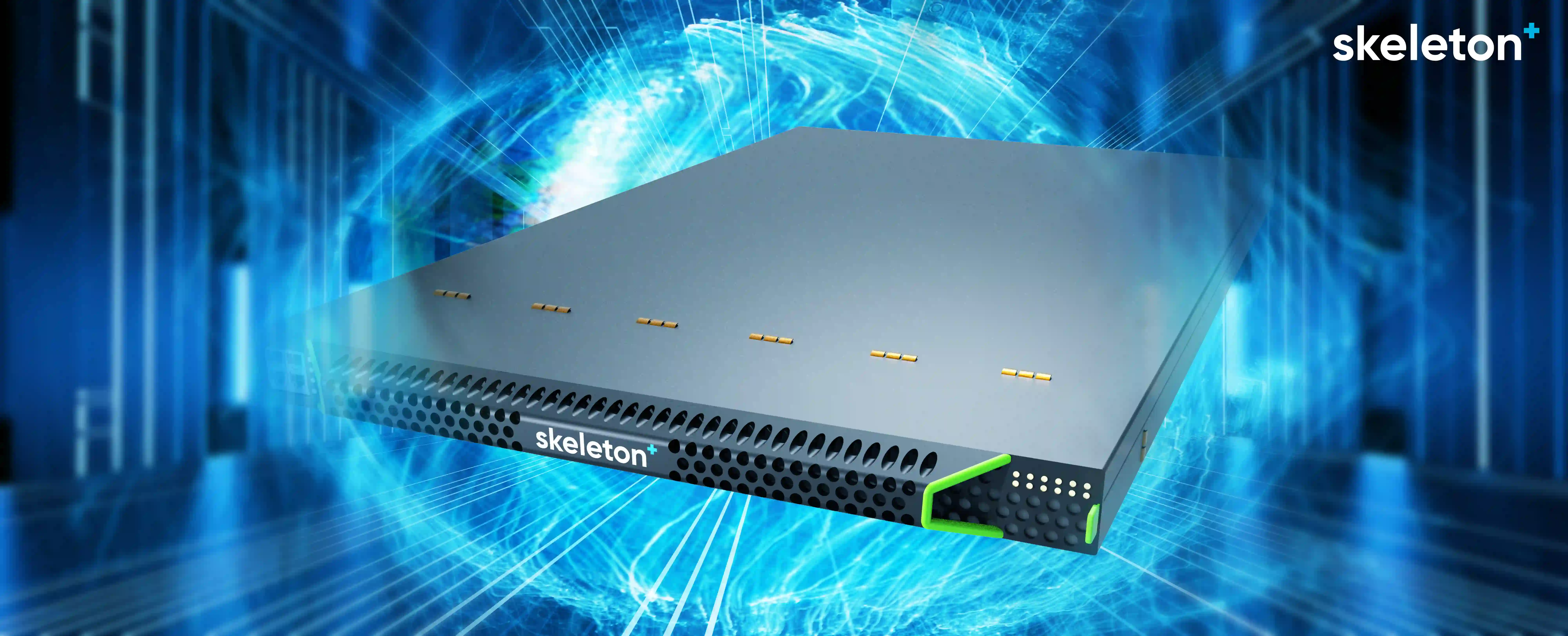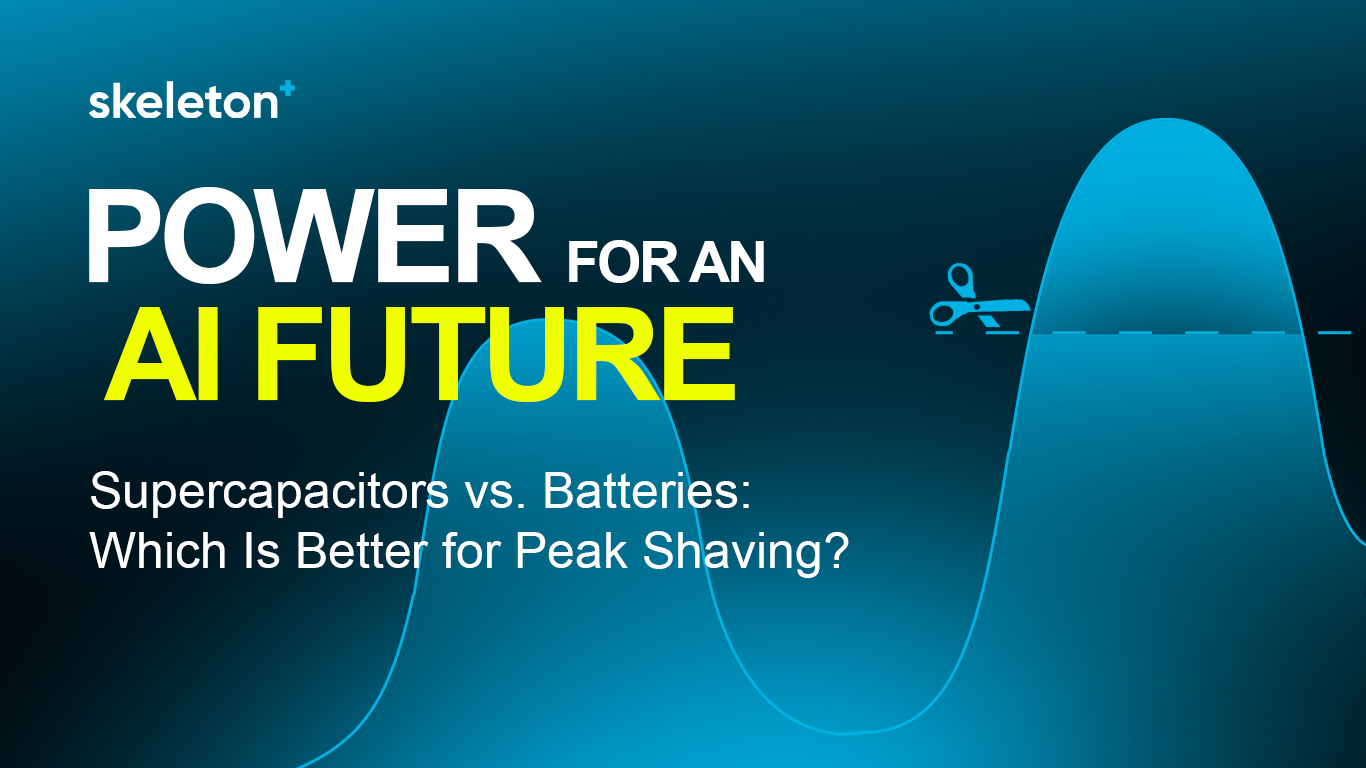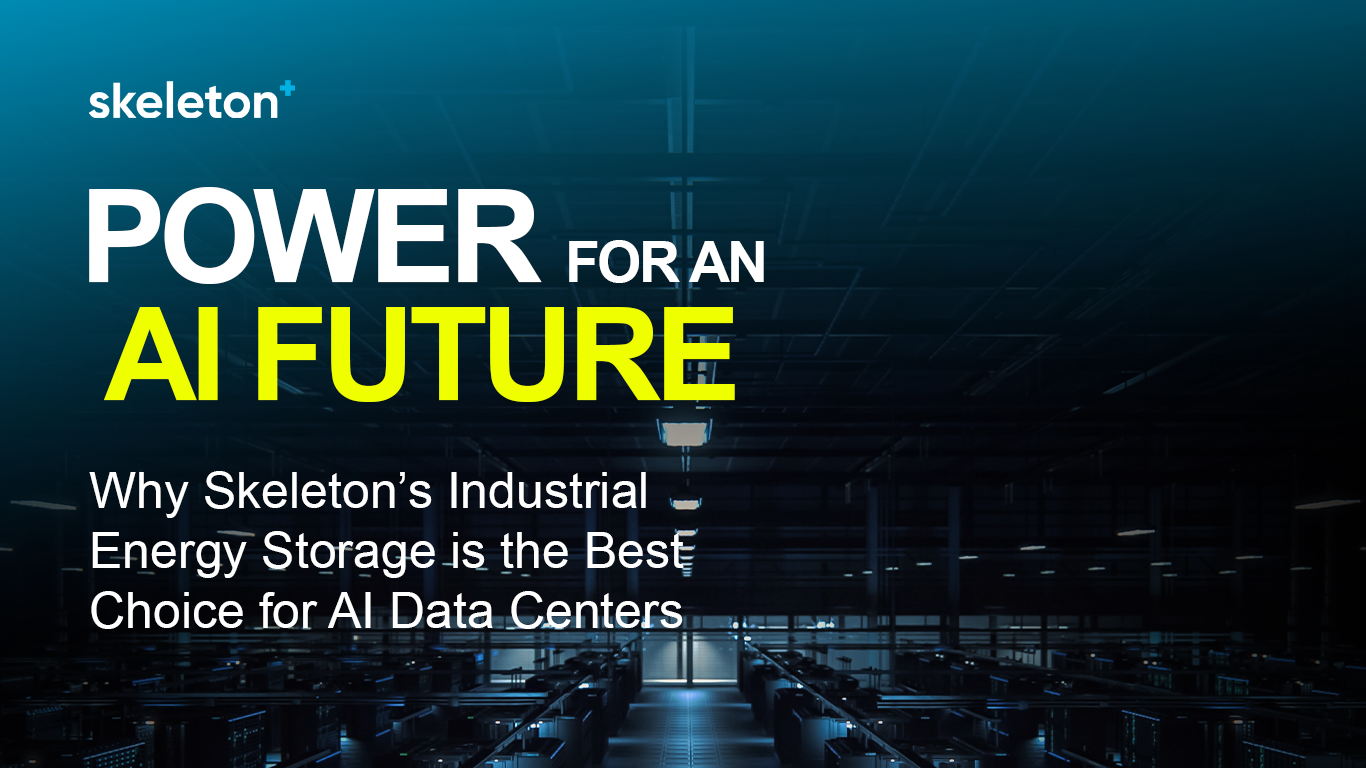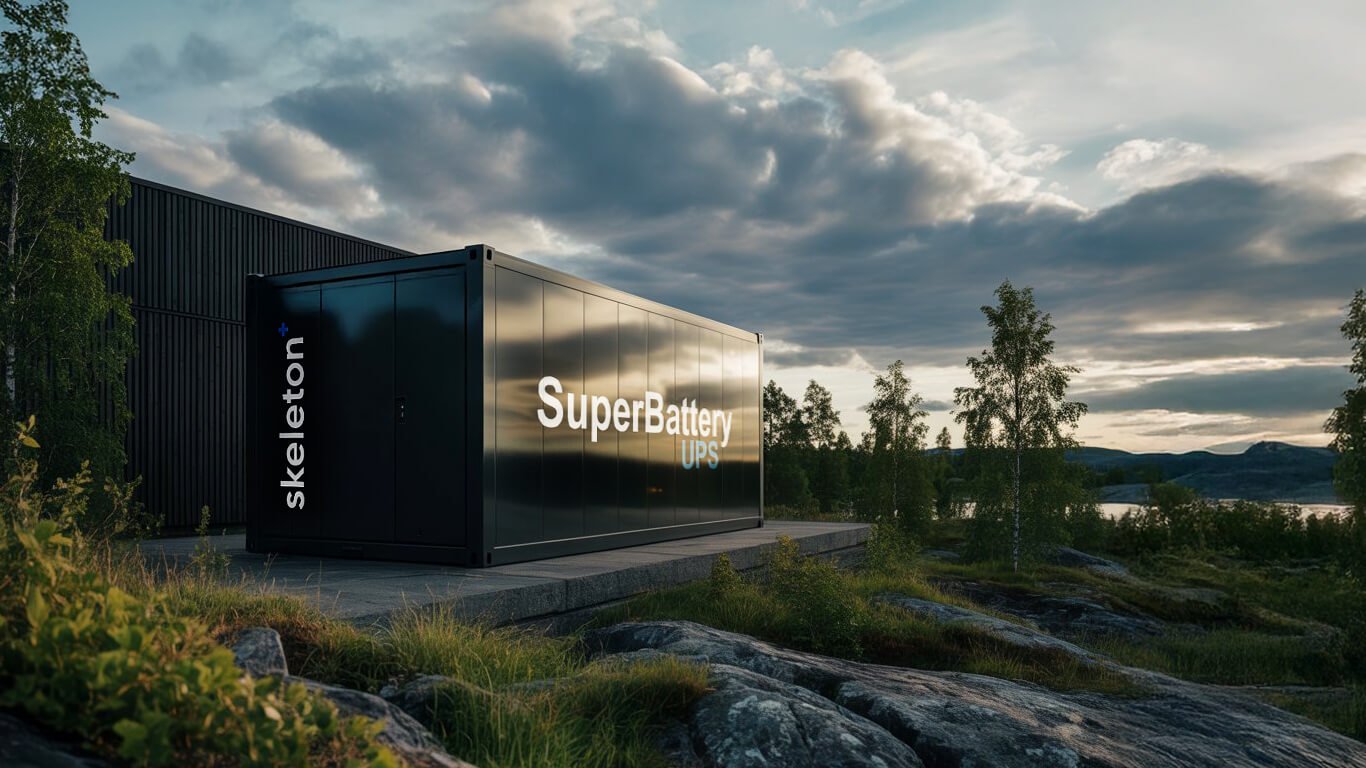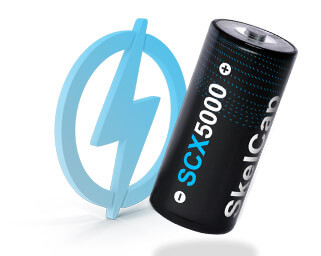
Let's Go Green! Aiming For A Ripple Effect in Ülemiste City with our ElevatorKERS installation
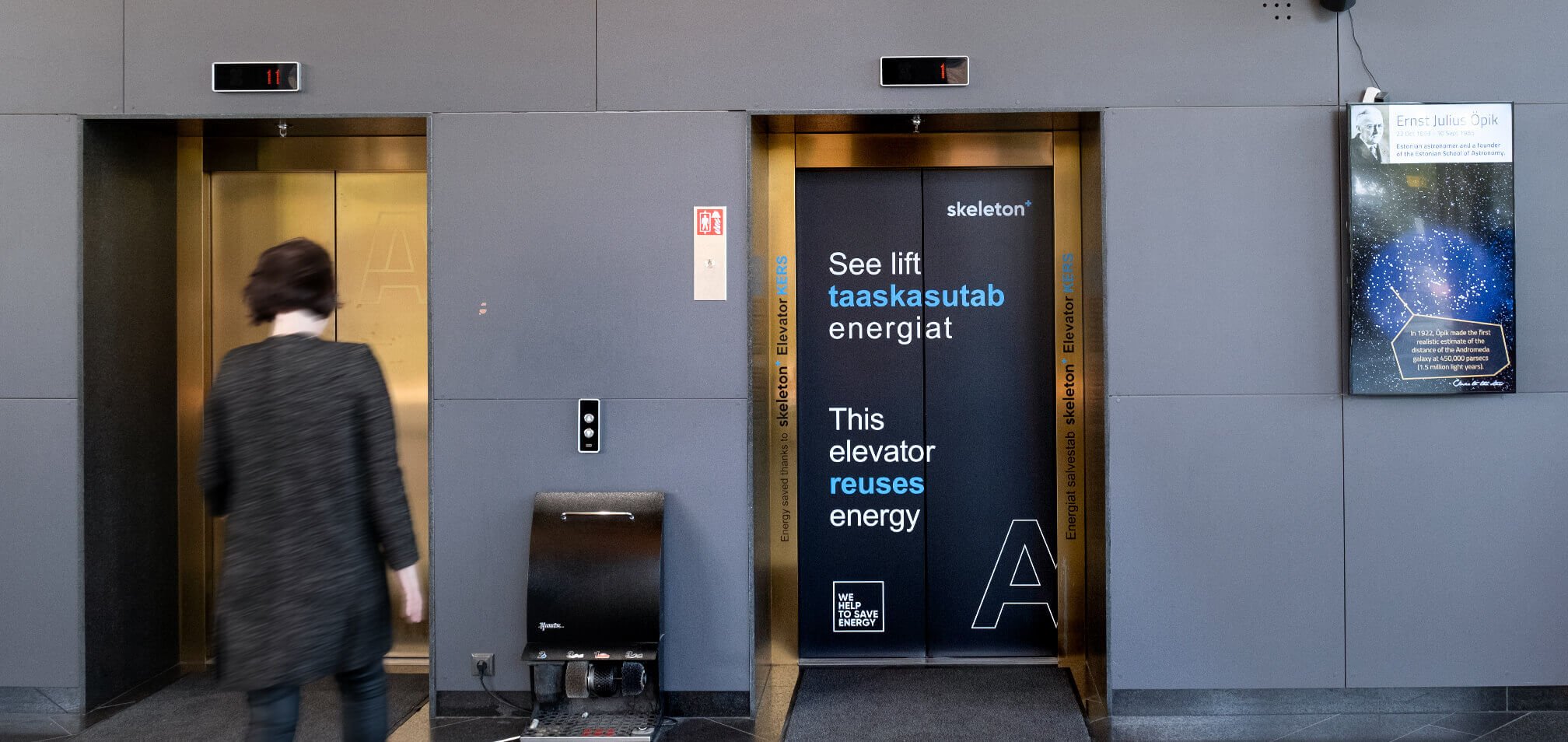
Skeleton Technologies' headquarters is nestled in Ülemiste City, Tallinn's bustling business hub that houses 500 companies and 16,000 professionals from over 73 nations.
Proudly part of this dynamic community, we're surrounded by peers who not only share our views on climate change and sustainability but also act. We deeply appreciate the campus developer's commitment to sustainability, even when these choices challenge short-term economic gains or meet initial resistance.
Ursel Velve, the CEO of Ülemiste City, articulates this commitment: “We are moving towards 100% green energy, managing our resources purposefully, and following the highest standards of sustainable development—this way, together, we can bring our carbon footprint to a minimum and carbon-neutral by 2030 in terms of energy consumption.” As an example of ambitious sustainability standards, all new developments aim for a LEED (Leadership in Energy and Environmental Design) certificate from Silver to Platinum, depending on the infrastructure. 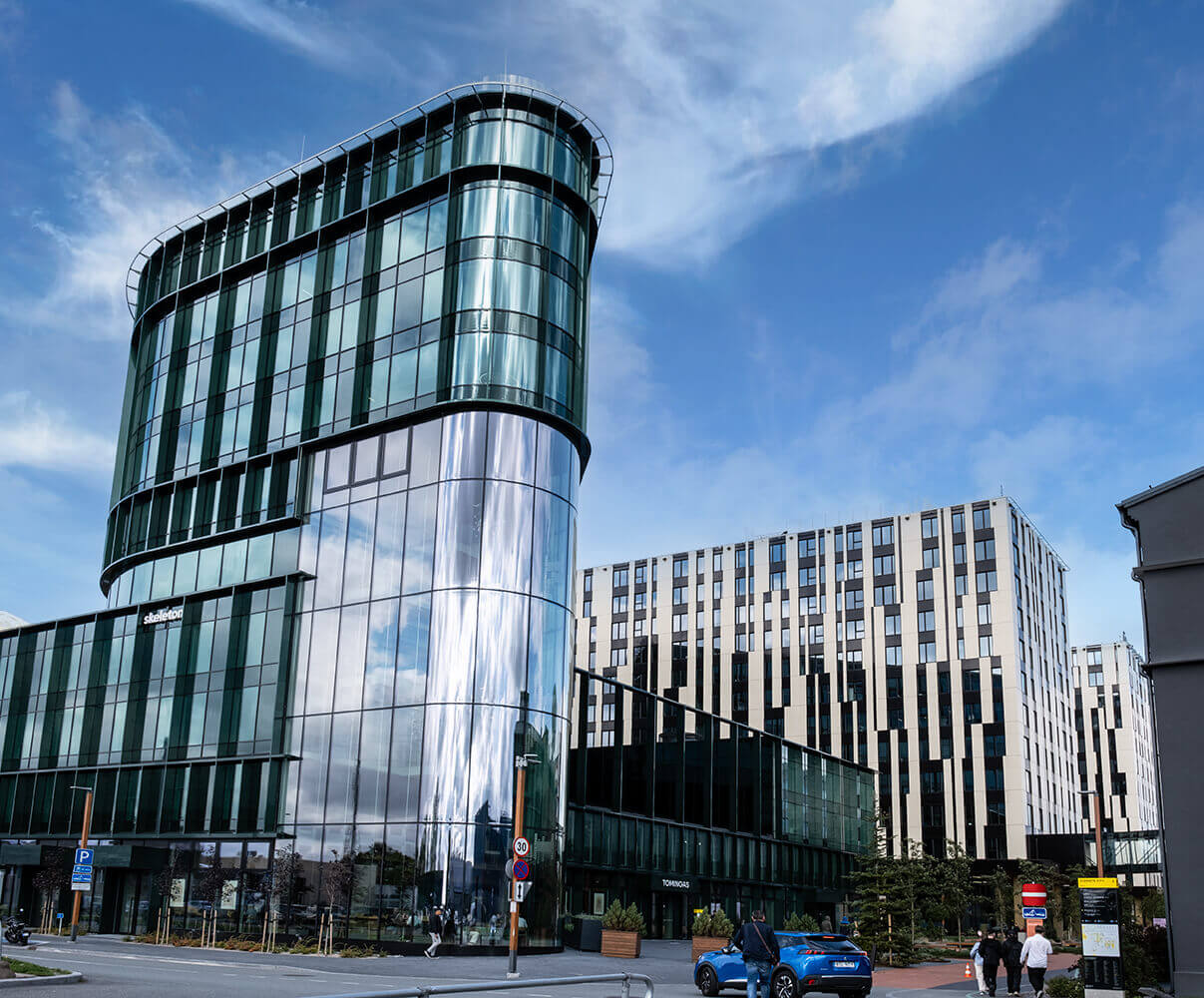 Ülemiste City
Ülemiste City
Rather than remaining passive, we want to contribute to the cause. That is why we installed our ElevatorKERS solution in one of the campus's high-traffic elevators, offering a tangible demonstration of an energy-saving solution in action. Green technology is integral to Skeleton, and as the most influential cleantech company in Estonia, we recognize the ripple effect our actions can have.
Our supercapacitor-based Kinetic Energy Recuperation System captures energy produced by electric traction elevators and repurposes it to power the elevator. This system provides a straightforward, efficient and virtually maintenance-free method to reduce elevator energy consumption by up to 50%, and in some instances, even 70%.
We're steadfast in our mission to lead by example. By spotlighting green technology, we aim to underline the significance of private sector initiatives and urge fellow entrepreneurs to embed environmental considerations into their operations. After all, actions do speak louder than words and even incremental measures can lead to substantial progress.
For a deeper understanding of sustainability efforts on the campus, we reached out to Mati Fjodorov, the Chief Green Officer of Ülemiste City.
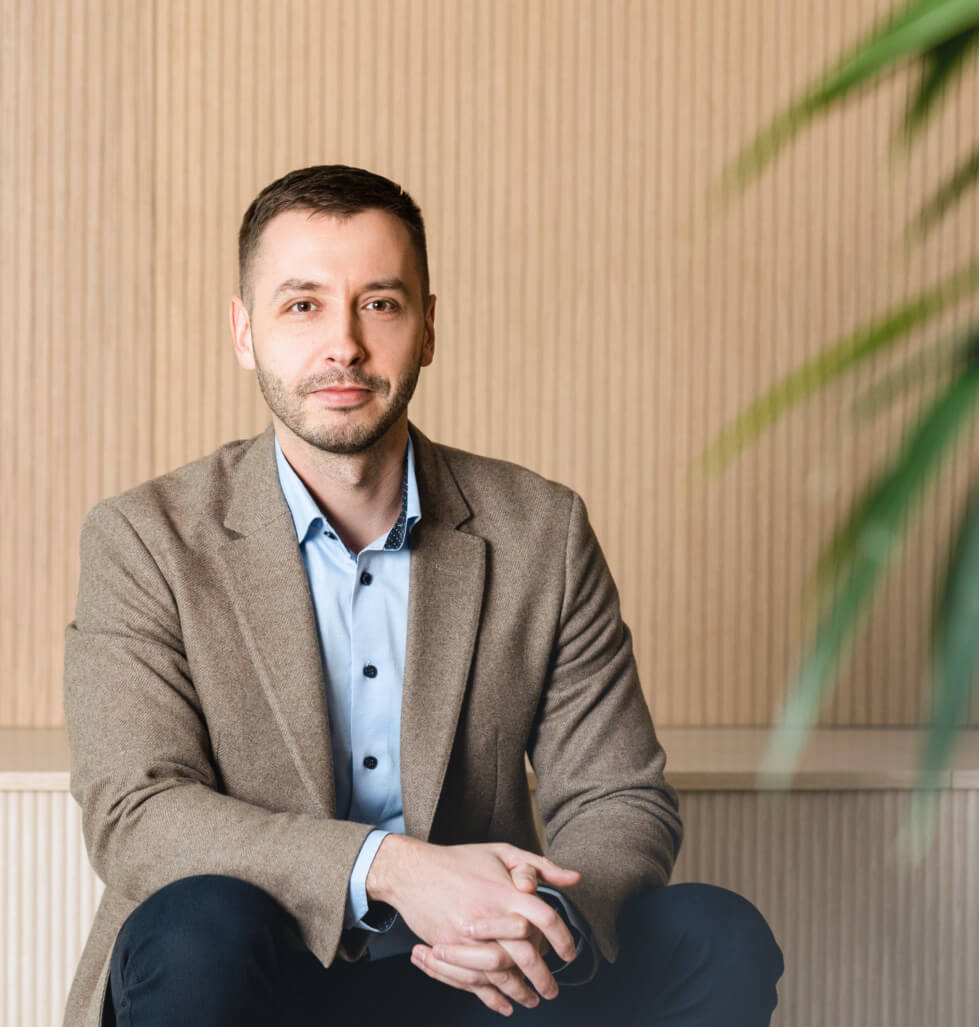 Mati Fjodorov, Chief Green Officer of Ülemiste City
Mati Fjodorov, Chief Green Officer of Ülemiste City
Why is sustainable development important to you?
In Ülemiste City, sustainability isn't just a buzzword – it's in the DNA of our organization. We aim to create a greener, more diverse, and exciting urban space and believe that sustainability is not just about reducing carbon emissions or adopting eco-friendly practices. It's about fostering a whole ecosystem.
It’s our mission to create an environment for our 16,000 talents to succeed. The campus is more than just a physical location, it's a vibrant community where innovation, creativity, and human potential flourish. Sustainable development is one of the cornerstones of our strategic goals.
There are several noteworthy initiatives in terms of sustainable development. One such initiative involves meticulously planning our urban design to optimize green spaces, incorporate renewable energy sources, and reduce our carbon footprint. We prioritize sustainable transportation options and accessible public transit, to encourage eco-friendly commuting among our community members.
Furthermore, we actively engage with our tenants, partners, and local stakeholders to foster a culture of sustainability. We collaborate on projects that promote eco-conscious practices, and we regularly assess our environmental impact. From waste reduction to energy efficiency, we are committed to minimizing the footprint of the campus while maximizing our positive social impact.
What are your goals?
We have set ourselves goals in several categories:
- By 2030, we are committed to achieving net-zero energy usage within our office spaces. Our objective is to cut energy consumption within our facilities by 15%.
- We develop and build environmentally friendly buildings and offices.
- We foster biodiversity and establish green areas for our talents to work or rejuvenate.
- Our vision includes making the heart of the campus car-free by 2030. By 2025, we aim to reduce the number of cars 2x on our main inner-campus streets and encourage 55% of our talents to opt for either public transportation or light vehicles.
- We aim to constantly increase environmental awareness via communication, community activities and leading by example.
- We continue to promote waste management by offering coaching, training and equipment to facilitate sustainable waste practices.
What are some of your successes in this field?
There is a lot to be proud of. One of our standout accomplishments from last year was the successful execution of a large-scale project aimed at eliminating disposable food and drink utensils from the caterers within our campus. We collaborated with Ringo, a reusable packaging service provider. Since its inception, our efforts have led to the utilization of over 84,000 reusable food packages. Notably, since October 2022, when the entire Ülemiste City switched to reusable food packaging, approximately 8,000 unique food packaging units have been used monthly.The success of our reusable packaging project was recognized when it received the Cooperation Project of the Year award at the Tallinn 2022 Business Competition.
In addition, 2022 marked the inauguration of the Alma Tomingas building, a holistic example of sustainable development. Beyond its contemporary architectural design, this building includes numerous sustainability innovations. It relies on green energy, features a substantial solar panel park, incorporates green roofs to reduce heat island effects, and has been integrated with the Utilitas district heating and cooling system. Like the majority of commercial buildings of Mainor Ülemiste, it uses the R8 Technologies artificial intelligence to optimize energy efficiency and maintain the best indoor climate. Alma Tomingas also holds the LEED Gold certification. Moreover, the building has an outstanding year-round botanical garden, adding to its green credentials.
Additionally, we can be proud of our commitment to sustainability, which includes various environmental interventions. From organizing the popular summertime Bike2Work challenge, encouraging our community to cycle to work, to carrying out more complex mobility-related infrastructural experiments that serve potential not just for Ülemiste City but for the entire city of Tallinn.
We have integrated data and AI technologies to improve the quality of our green areas and enable smoother commuting. For instance, we employ Fyma AI to detect real-time moving objects. This data is then utilized in machine learning models and precise simulations, enabling us to optimize the development process, plan traffic management, and collaborate more effectively with the city of Tallinn.
What are the most complicated challenges to tackle in this field for you?
The greatest challenge in sustainable development lies in changing the habits of a large group of people. We must highlight the importance of change and environmental interventions, promoting a sustainable mindset, even among those who may not actively participate in our green initiatives. Another obstacle revolves around mobility-related behaviours, as old habits often die hard. Large-scale changes in mobility require extensive cooperation with the city of Tallinn and various stakeholders and are often related to complex infrastructure.
What is currently in the works?
We recently launched a new service – a Green City web platform that helps businesses collect, monitor and analyze their consumption data. The main objective of the Green City service is to increase environmental awareness and make the reporting process easier for the companies. So we actively encourage companies to take a closer look at their data.
The next step related to the Green City service involves incorporating more specific mobility data. This will allow our community to understand the environmental footprint associated with their daily commutes to and from work. We aim to increase engagement further by not only presenting this data digitally but also visualizing it in a physical space on our campus. This dynamic display will provide real-time information on the number of people and vehicles on campus. By implementing this data, we can create comprehensible mobility trends and comparisons that everyone can easily understand.
